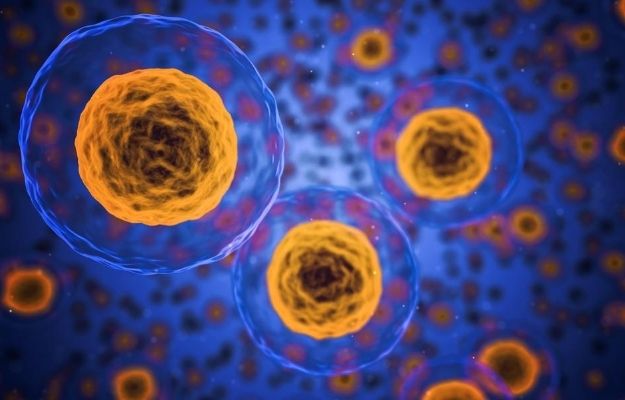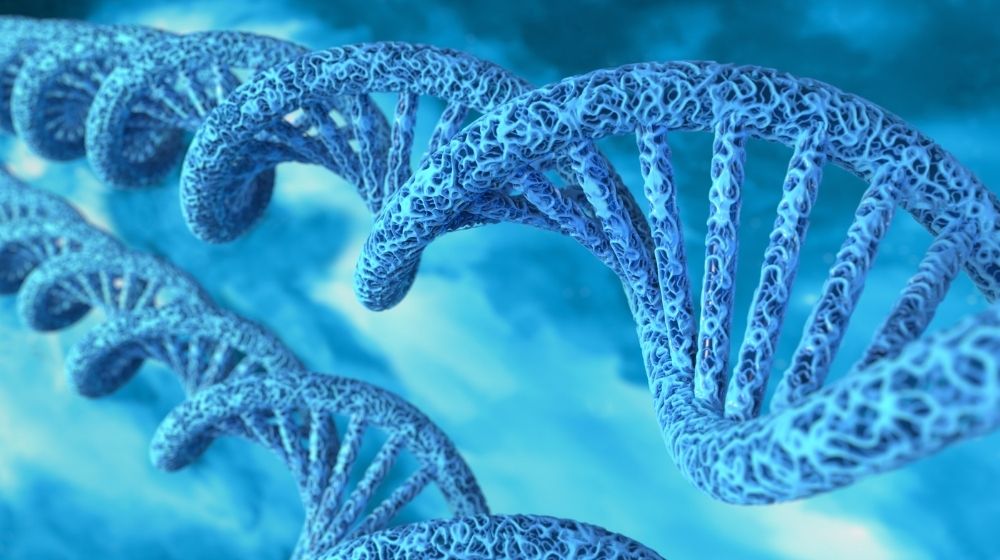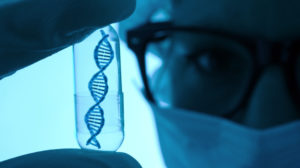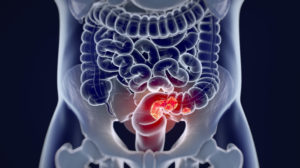NMN and NR both play a role in NAD+, but they aren’t the same thing. Read on to understand the difference between NMN vs. NR.
RELATED: Aerobic Glycolysis: How An Increased Demand For NAD+ Can Boost It
In the Article:
NMN vs. NR vs. NAD+
Nicotinamide adenine dinucleotide or NAD+ is an important coenzyme found in all cells. One of its primary functions is to activate proteins that are vital to cellular functioning.
NAD+ helps regulate cellular metabolism and energy production. Unfortunately, as we age, NAD+ declines. Researchers believe that this decline may contribute to aging and a variety of age-related diseases.
Scientists are interested in finding ways to increase NAD+ levels to compensate for the loss. That’s where the interest in nicotinamide riboside (NR) and nicotinamide mononucleotide (NMN) comes in.
Both NR and NMN are molecules that are precursors to NAD. This means that these molecules can turn into NAD+ through specific chemical reactions.
So researchers are finding ways to use these molecules to help increase NAD+ levels. Before you consider taking NR or NMN supplements, though, it’s important to know how they are distinct from one another.
NMN vs. NR Supplements: 7 Key Distinctions
1. Cell Entry

Transformation in NAD+ happens within the cell. So both molecules need to find their way through the cell barrier first.
One of the main differences of NMN and NR is size. NMN is larger than NR.
It’s large enough that it needs to be broken down into another form before it can pass through the cell barrier. NR’s smaller size allows it to penetrate the cell barrier without transforming into another molecule.
2. Steps to Make NAD
The cellular pathway it takes to transform NMN to NAD requires three steps, but the pathway from NR to NAD+ only requires two steps.
NMN has to turn into NR before it can enter the cell. Once it’s inside the cell, it needs to transform back into NMN before it becomes NAD+.
NR, on the other hand, can make its way into the cell on its own. Once it’s inside the cell, it transforms into NMN and then to NAD+. So NR seems to have a more efficient path to NAD+ generation.
3. Vitamin Status

Only one of the molecules has vitamin status—NR. NR is a form of vitamin B3.
You can actually find small traces of NR in milk, fruits, meat, and vegetables. Just like other forms of vitamin B, B3 helps turn food into energy.
It also acts as an antioxidant. Your body needs this vitamin to function well. In fact, a vitamin B3 deficiency may lead to the following symptoms:
-
Diarrhea
-
Dermatitis
-
Mental confusion
-
Memory issues
-
Fatigue
Even though NMN is a precursor to NAD+, it isn’t considered a vitamin. This larger molecule is actually made up of other B vitamins, and it contains phosphate.
4. Administration Routes
Various companies sell NMN and NR supplements in pill form. If you examine how they are used in scientific experiments, their routes of administration are quite different.
In most animal studies, NMN is administered to rats via injections. NR, on the other hand, is given as a supplement mixed with food or water.
The same route of NR administration is used in human studies as well. NR usually is given to participants like regular vitamins in capsule form.
RELATED: Are Sirtuins Important? | How They Work And What They Can Do For Our Body
5. Human Studies
Another huge difference between NR and NMN is its applicability to humans. So far, there are only animal studies for NMN supplementation. The findings from the NMN animal studies may be promising, and there may be human clinical trials on the way, but NR studies are more advanced.
There have been several NR supplementation studies in humans. These studies have examined NR’s impact on cardiovascular health, exercise performance, systemic metabolic functions, and skeletal muscle metabolism.
6. Safety Notifications
Running studies with human participants are essential because it helps researchers establish the safety of the treatment. Researchers haven’t gotten that far with NMN.
When it comes to NR supplements, though, researchers ran clinical trials to test its safety. The results show that NR is a safe supplement.
There were no significantly different adverse events between the NR group and placebo groups in the clinical studies. There were also other side effects, such as an increase in low-density lipoprotein (LDL) cholesterol.
So, researchers believe that it’s a safe and tolerable supplement. On top of that, NR supplements have records with the US Food and Drug Administration (FDA).
In March 2016, a pharmaceutical company sent a Generally Recognized as Safe (GRAS) notice for NR supplements to the FDA. A few months later, the FDA sent in a favorable response to the GRAS notice. They did not raise any issues with the safety of NR supplements.
7. Evidence of Utility
There are several promising findings when it comes to the effects of NMN in animal studies. But NR is ahead of the game because it has evidence of utility in human studies.
In one study, older adults were given two doses of NR pills (500 mg/dose). After six weeks, there were no adverse effects among the older adults who took the NR supplements. On top of that, the oral NR supplementation stimulated NAD+ metabolism by up to 60%.
It’s clear which molecule is ahead of the game when it comes to NMN vs. NR. NAD+ plays a vital role in one’s healthspan, so researchers are naturally interested in responding to its age-related decline.
The research continues, and scientists are learning more about NAD+ and its precursors. In the meantime, there are things you can do to optimize your healthspan. Visit the TruDiagnostic website to learn more about this.
Do you think your NAD+ levels are important? Why or why not? Please share your thoughts with us in the comments section below.
Up Next:





